Israel is a tiny country, but in wine terms, we are not an island – we are part of the Eastern Mediterranean Wine Region. Though I have given my life to Israeli wines, readers know by now that I have a great deal of respect and even love for the wines of Cyprus, Greece, Lebanon and Turkey. It is always instructive and important to be aware of what is happening in our neighboring wine-producing countries, of which Turkey is the largest.
This is a fascinating wine country, taking up a massive landmass stretching from Greece in the west to the Caucasus in the east, with a wide range of wildly differing wine-growing regions. Thus it connects the Mediterranean with the “Ancient World” of wine.
It may surprise you that Turkey is the sixth-largest country in the world in terms of vineyard area, but believe or not, only 2% of this goes into wine. The rest goes into the production of raisins. Turkey was always a wine producer in ancient times. When Noah of biblical fame planted the first recorded vineyard, it was close to Mount Ararat in eastern Turkey, where the Ark landed. Here the Biblical narrative matches the archaeology. Early evidence of wine production was found nearby.
Fast forward to modern times. In the 19th and early 20th century, the main production was in the hands of Christian communities. It reached a peak when phylloxera struck European vineyards and inexpensive blending wine was urgently required. When the Greek Christians left in the population swap, and the Armenian Christians were violently expelled, the main winemaking traditions and expertise left with them.
The revival of the wine industry began with the decisions of Kemal Ataturk, president of Turkey. He ensured a wine & spirits monopoly was founded in 1927, which was called Tekel. Their most important product was the anise-flavored Raki, a similar spirit to the Arak of Lebanon and Ouzo of Greece. The most famous brand is Yeni, which became a national institution.
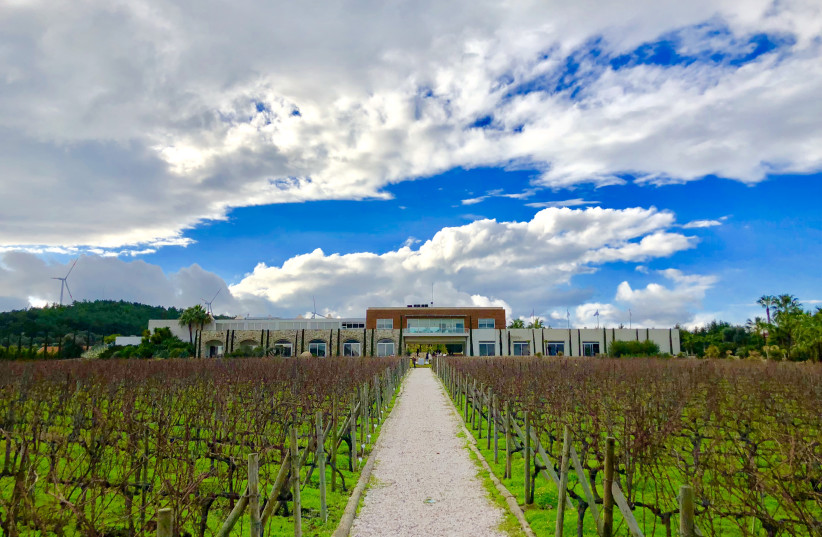
As far as wine was concerned, the first major brand was the beautifully named Buzbag, which became the most famous Turkish brand since the 1940s. Apart from this, Tekel also sold grapes to the new private wineries, the most famous of which were Doluca and Kavaklidere. Doluca was established by Nihat Kutman in 1926. Kavaklidere was founded by Cenap And in 1929. Later Sevilen was founded by Isa Guner in 1942. These were the wineries that since then formed the bulk of the wine industry.
Today the Eastern Mediterranean Wine Region is divided by religion. It is mainly Christians who make wine in Lebanon and Cyprus, and mainly Jews who make wine in Israel. In modern Turkey, the winemakers are predominately Muslim.
The first winery to begin planting the classic, international varieties was Doluca. Their chairman Ahmet Kutman, began a joint venture with grower Guven Nil, and Sauvignon Blanc, Chardonnay, Cabernet Sauvignon and Merlot were planted for the first time. The international varieties were seen as more sophisticated.
When they launched their Sarafin label in the late 1990s, it was the first Turkish wine made in an international style and gave hope of a better future. In 2005, the Tekel monopoly was privatized and bought by the Texas Pacific Group. The Yeni-Buzbag group was renamed Mey Icki and the winery was renamed Kayra. They began a rejuvenation program in the hands of charismatic Californian winemaker Daniel O’Donnell.
While each of the wineries went through their own process of renewal, they gradually realized they had a gem in their indigenous varieties. Turkey has hundreds of varieties, but six seem to be used the most.
The most famous are their two main reds: Okuzgozu (pronounced oh-cooz-gozu) and Bogazkere (bow-ahs-keer-ee). Okuzgozu, which means bulls-eye, has similarities to Merlot. Bogazkere is very tannic, possibly similar to Tannat. The Turkish word means throat-catcher. Often the two grapes are blended together because one complements the other. They are both most at home in Eastern and Southeastern Anatolia. Then there is Kalecik Karasi, a variety often used for young wines, which originated in the Ankara region. It is closest to a Pinot Noir in style.
As far as local whites are concerned, the main varieties are Narince (pronounced nah-reen-jeh) and Emir. Narince originated in the Tokat region, near the Black Sea. It has similarities to the Marsanne variety. The grape leaves of Narince are particularly sought after for making dolmas, stuffed grape leaves. Emir is a native of the Cappadocia region. It produces a crisp, refreshing wine, similar to Pinot Grigio. Then there is the Bornova Misket, which, as it sounds, is related to Muscat.
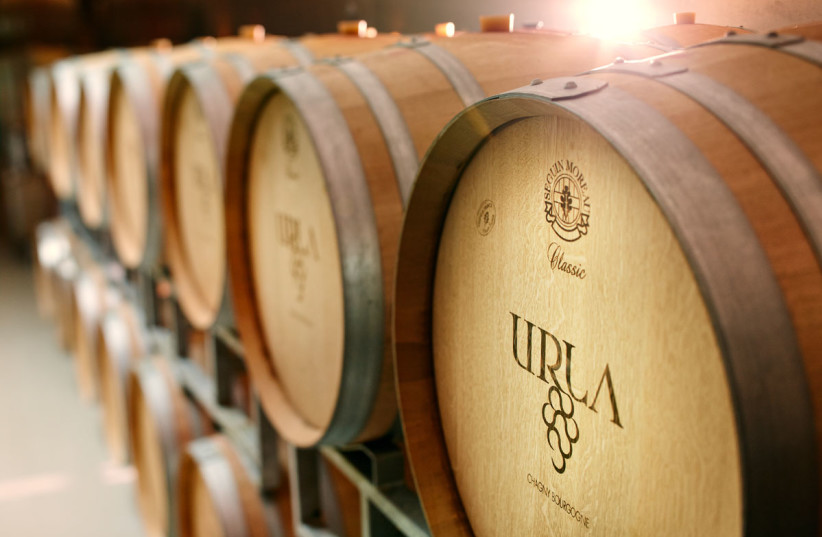
In the 2000s, the enterprising Taner Ogutoglu founded Wines of Turkey and Gustobar, which brings international wine critics to Turkey. For the first time, Turkish wine became exposed internationally. Critics, connoisseurs and wine lovers were keen to understand this seeming new wine country, yet one of the oldest wine regions on earth. The six main grape varieties were eagerly sought out in tastings, and people would have fun trying to pronounce the names.
If you visited as a tourist, you would probably only be exposed to the less expensive wines, and you would not perceive a deep impression of quality. But if you scratch the surface you will find many small wineries founded in the last 20 years, with state-of-the-art equipment, beautiful vineyards and international winemaking expertise.
Kavaklidere, Doluca and Kayra still lead the way, making wine at every price level. Kavaklidere, Turkey’s largest winery, is owned by the Basman family (connected by marriage to the founding family) and based in Ankara. They have satellite wineries – Cotes d’Avanos in Cappodocia, and their Pendore estate in the Aegean.
Doluca is still owned by the Kutmans, and is based in Thrace. The main Kayra Winery is in Thrace, but they also have a winery presence in eastern Anatolia, at Elzig. Their parent company Icki Mey is owned by Diageo, the largest spirits company in the world. Presumably they were more interested in the large population of Turkey, the potential for spirits sales and the national spirit Raki than wine.
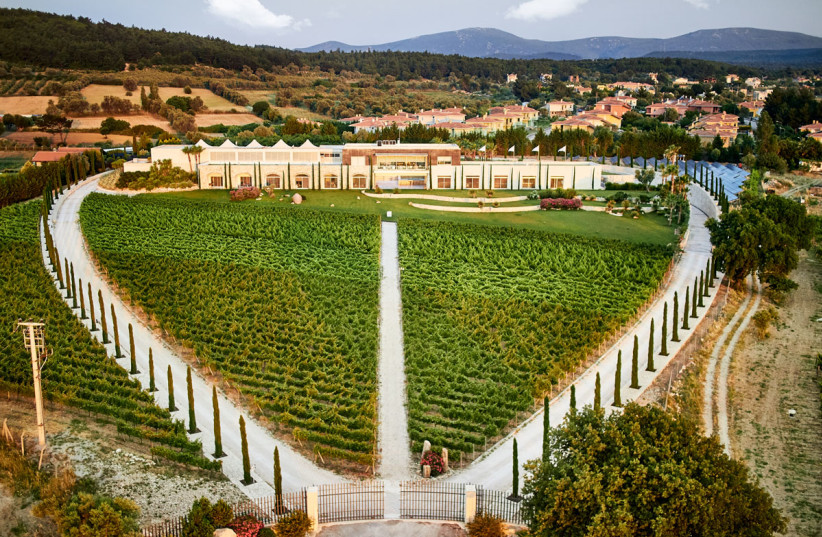
Then there are small gems of wineries that have to be sniffed out. Names like Chamlija (Thrace), Corvus (Aegean), Chateau Kaplak (Thrace), Diren (Black Sea), Likya (Mediterranean), and Urla (Aegean) are making good wines these days. Some have high aspirations to make truly fine wine. Many of these will surprise and enchant you.
I was pleased to learn that one of Turkey’s finest wineries has made it to Israel. Urla Winery, situated 35 km west of Izmir, was founded by Can Ortabas in 2006. He had a dream to revive viticulture in the area after finding evidence of ancient winemaking. Urla is a small Aegean town that was always heavily into agriculture. In the past, vineyards, olive groves and fig orchards abounded.
Ortabas decided on an organic, sustainable approach from the start. The winery he built is ultra-modern, surrounded by vineyards. These cover nearly 60 hectares, and the winery produces 250,000 bottles a year. His wines show new Turkey, and they have won some major gold and platinum medals, most notably at the Decanter World Wine Awards in London.
His most famous wine is the Nero d’Avola-Urla Karasi blend. Ortabas loves the Nero d’Avola variety (chiefly known in Sicily) and has adopted it. He also saved and revived an almost lost local variety, called Urla Karasi, of which he is very proud.
Also well-known is Tempus, a blend of Bordeaux varieties with Syrah. The wines are not kosher, but Kavaklidere do produce a kosher wine, though they keep very quiet about it.
I came across Urla wines in Israel due to the marketing efforts of Eyal Franco, who now markets gift boxes in a very innovative way through his start-up WineCase. You can purchase a case of six bottles chosen to match your taste, preferences and budget. For instance, he offers a Mediterranean case with wines from Greece, Sicily and Turkey, which was immediately attractive to me. I tasted the following wines with him.

Urla Hypnose 2020. This is a blend of Narince and Beyazkere. The wine was fat, slightly oily in texture with a faint ripe fruit nose, and a very pronounced acidity that kicked in on the after palate. There was a little bitterness on the finish. It will accompany Turkish food well. The Beyazkere (a white grape) is a mutation that occurred naturally in the Bogazkere red variety vineyard. It was preserved and named by Orbatas. It sounds like a similar story to the so-called Margalit Blanc, a white variety found in Margalit Winery’s Cabernet Franc vineyard.
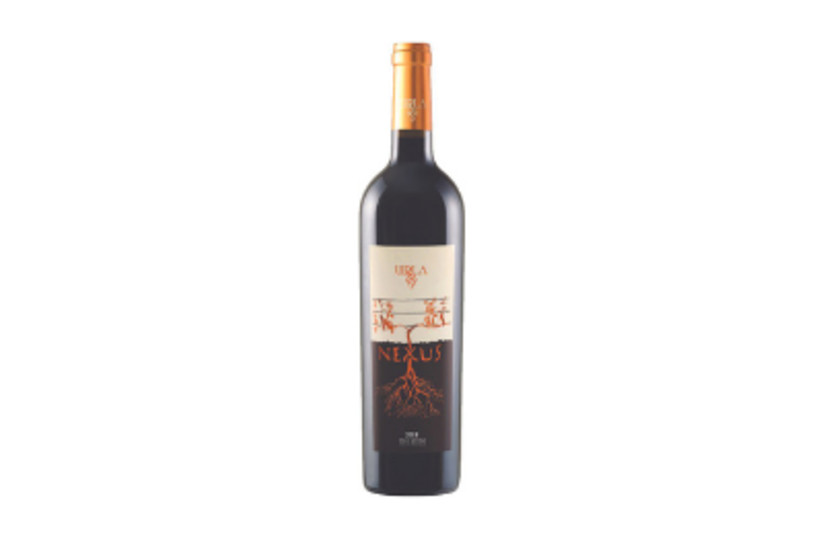
Urla Nexus 2019. Nexus is quite rich, opulent and spicy. It is full-bodied with good complexity, a blend of Merlot and Cabernet Franc, Bordeaux varieties, with Nero d’Avola, Ortabas’ Sicilian ace.
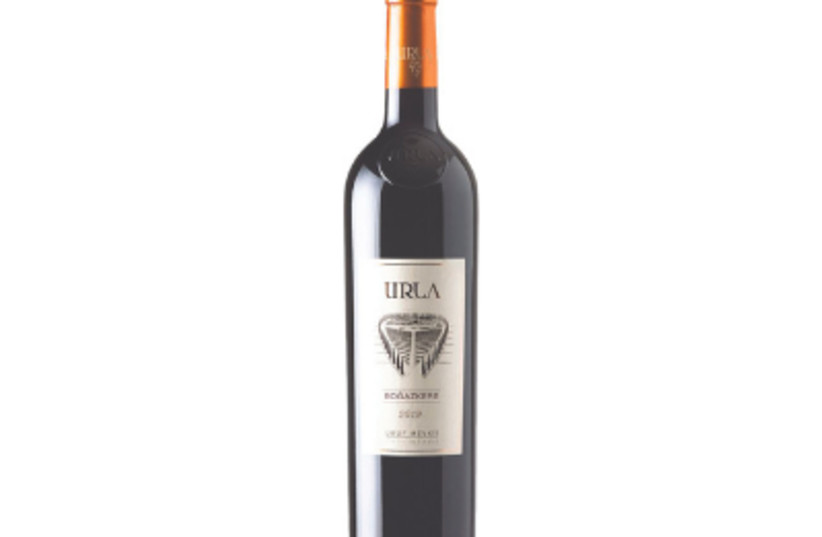
Urla Bogazkere 2019. This variety is normally blended to smooth out the rough edges, but this was a beautiful expression of it as a varietal. It shows an intriguing nose of sour cherry, red and blackberry fruit with savory notes and distinct floral aromas. In the mouth there are harsh, chewy tannins, which refresh. I kept returning to nose this wine, which is always a good sign.
These wines retail at around NIS 150 and though not inexpensive, they are recommended for the curious.
Turkey is far removed from the image of cheap, poor wines of yesteryear. Today there are new winery owners determined to make quality wines. The main drawbacks are tradition, politics and export marketing. Traditionally, there was always a disconnect between the winery and the vineyard. The local farmers were not always cooperative, and the wineries did not always have control over the fruit that they needed.
Then there is the politics. Turkey is in the grip of a governing power that encourages religious observance and eschews alcohol. There are stifling restrictions, particular with regard to the advertising and selling of wine. The final drawback is self-inflicted. Apart from Taner Ogutoglu’s noble efforts, the Turkish wineries are curiously reluctant to provide information. They are bad at marketing public relations and not very responsive. It is a pity.
As for me, I am delighted Turkish wines are available in Israel. Let’s hope this a starting point, and that more Turkish wines will arrive here in the future.
The writer is a wine industry insider turned wine writer, who has advanced Israeli wine for 35 years. He is referred to as the English voice of Israeli wines.
